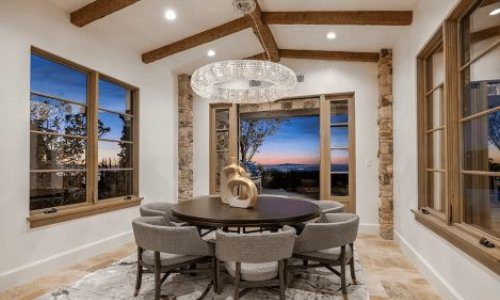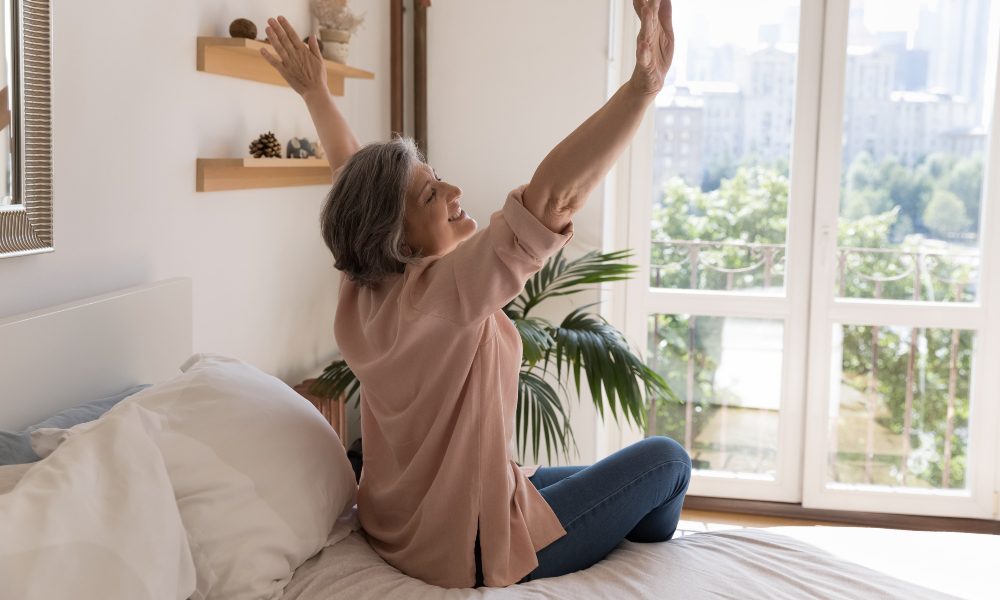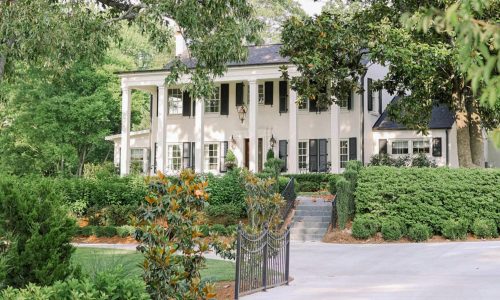A Harvard University study suggests a reduction in resident falls at a senior living home when circadian lighting is utilized.
The results show a decrease of falling incidents by as much 43% — however, rather than it being a case of making the environment brighter, the lighting focused on mimicking a natural circadian rhythm throughout the day.
The reason for this lies in the main strength of circadian lighting: promoting a healthier sleep schedule. This in turn helped to foster a greater alertness in residents, which then led to reduced falls.
“This study is the first of its kind to translate the known beneficial effects of tunable lighting on neurocognitive responses into a real-world setting and examine if changes in lighting spectrum and intensity throughout the day can reduce the risk of falls in the elderly,” said Dr. Shadab Rahman, assistant professor of medicine at Harvard Medical school and an investigator in the Division of Sleep and Circadian Disorders at Harvard’s Brigham and Women’s Hospital in Boston, Mass.
Rahman himself has been deeply entrenched in studies measuring the neurological impact of lighting prior to this research, such as his work in measuring the impact of lighting on shift workers.

The Future of Digital Lighting & Control
As a custom integrator, lighting is in demand. Effective communication, education and showcasing the value proposition of LED light fixtures in conjunction with integrative control systems are the keys to overcoming challenges and closing sales in this specialized market. Join us as we discuss the future of digital lighting and control with David Warfel from Light Can Help You and Patrick Laidlaw and Mark Moody from AiSPIRE. Register Now!“We found that upgrading ambient lighting is a safe, effective, low-cost, low-burden preventative strategy to reduce fall risk in long-term care settings, one that has tremendous potential to save lives and improve patients’ health and wellbeing,” Rahman continued.
Circadian Lighting Found to Improve Senior Health
For the research, two teams—one from Harvard and one from the Midwest Lighting Institute—analyzed the falls occurring at the Maple Ridge Care Center and Oak Ridge Care Center, both of which are in Wisconsin.
These senior living two homes were then fitted with circadian lighting systems provided by Energy Performance Lighting with two other homes—Montello Care Center and Hope Health and Rehabilitation Center—both acting as controls.
For the variable environments, the common areas such as corridors, dining rooms, and activity areas had their lighting switched out for circadian luminaries. These helped deliver cooler, crisper lighting temperatures during the day while dropping down to lower, warmer temperatures in the evening.
You can read our article for more information on how this type of lighting works, but the slimmed-down explanation is that this progression helps better mimic the natural course of the sun throughout the day, which ultimately helps train a healthier circadian rhythm for those exposed to it over longer periods of time.
Aside from nearly halving the incident rate from the control group, the inclusion of these more efficient LEDs also greatly reduced the operating costs of the lighting in general.
An added bonus, the greater result comes in confirming Rahman’s own hypothesis that dynamic lighting could play a role in preventing injury in care homes, potentially paving the way for wider adoption of these types of systems in the coming years.
The study and its findings can be viewed on the National Institute of Health’s website.
If you enjoyed this article and want to receive more valuable industry content like this, click here to sign up for our digital newsletters!









